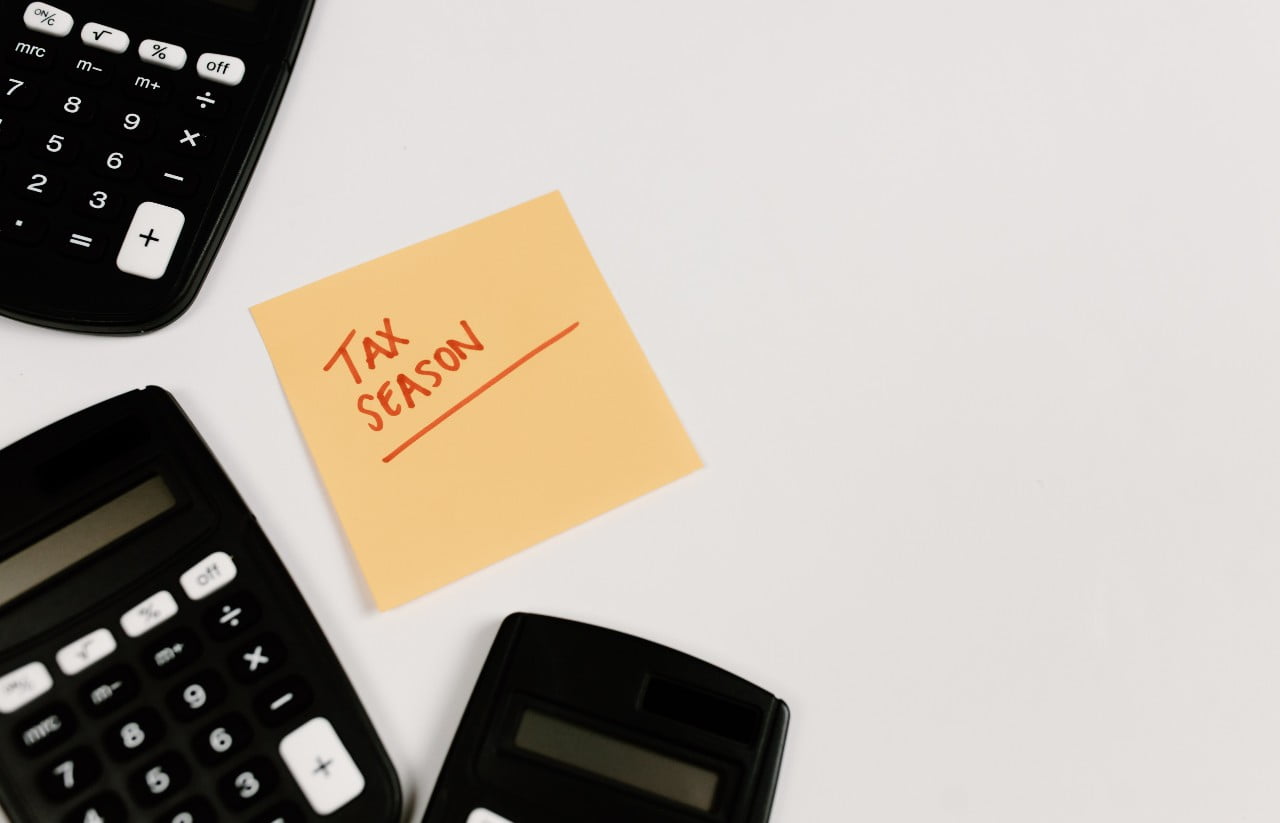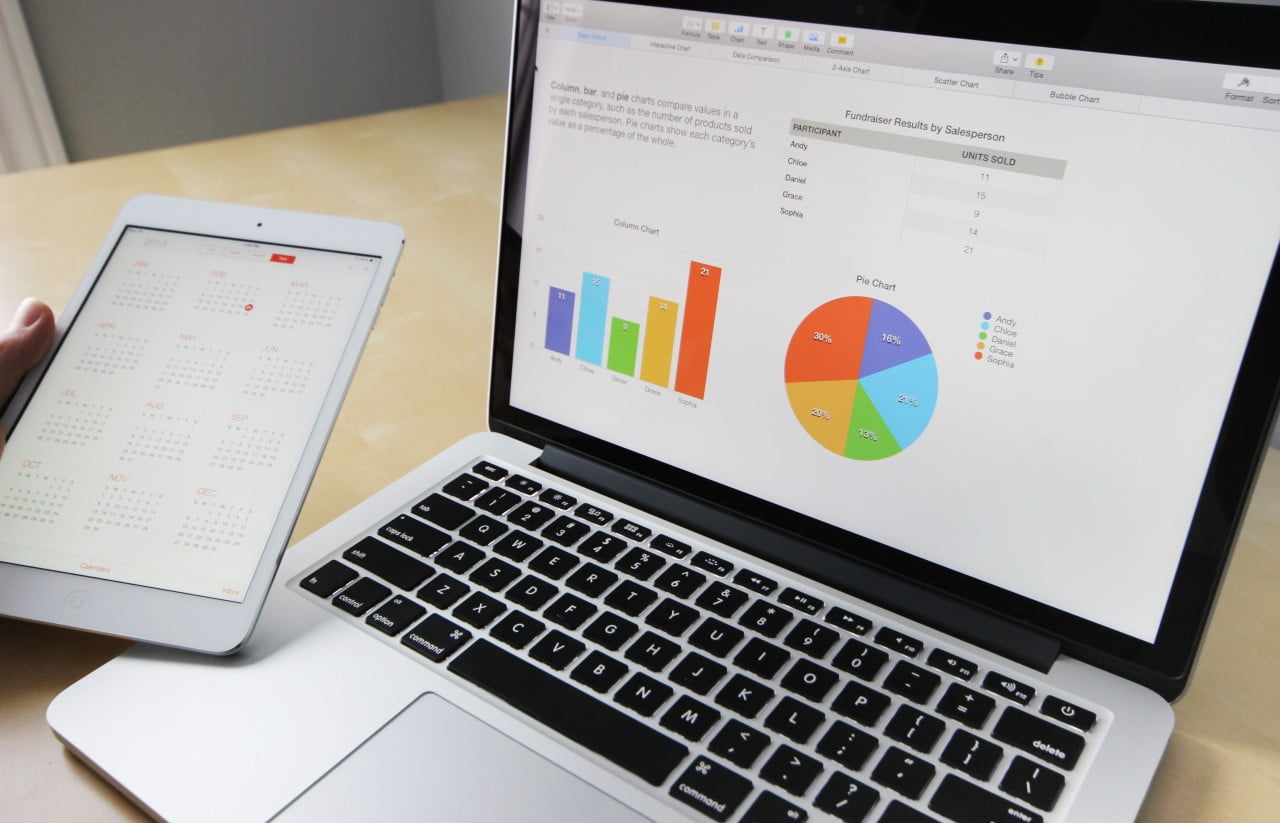What does MTD for ITSA stand for?
MTD for ITSA stands for Making Tax Digital for Income Tax Self-Assessment.
What is MTD for ITSA?
Essentially, it’s a fundamental change to the way personal tax information must be reported to HMRC.
What will change when MTD for ITSA becomes compulsory?
It will require digital record keeping and digital submissions, through your own software, of income and expense information on a quarterly basis, followed by an End of Period Statement (EOPS).
Who will MTD for ITSA impact?
MTD for ITSA will impact all taxpayers with a gross income of £10,000 or more from self-employment and/or property rental.
When will the changes come into force?
It is due to become compulsory in April 2024.
Are there any exceptions to the changes?
Trusts, estates, trustees of registered pension schemes and non-resident companies.
General partnerships that earn more than £10,000 per year and have only individuals as partners (April 2025) and all other partnerships at a future date to be confirmed.
Businesses exempt from MTD for VAT will also be exempt from MTD for ITSA and there will be digital exclusions available for some individuals.
Do I need to do anything now?
Whilst April 2024 may seem quite some time away, considering the changes and making adjustments to the way you record your income and expense information now could make your life much easier in the long run.
How do I keep a digital record?
The digital record keeping requirement will mean taxpayers will have to use an accounting-MTD software package to record all the financial transactions for the period. This software will then prepare the quarterly returns and end of period statement. A submission will be made via the software by a digital link to HMRC.
How will the reporting requirements work?
For each trading or property business, a quarterly report of income and expenses will need to be submitted. The first of these quarterly updates will be due for filing by 5 August 2024, and will cover either the quarter ended 5 July 2024, or 30 June 2024 (where a calendar quarter election is in place).
Separate quarterly updates will be required for each trade or category of property business but there is no requirement to make tax or accounting adjustments to the information provided in quarterly updates.
An end of period statement, EOPS, for each business is required and effectively replaces the tax return for those income sources.
The EOPS will cover the tax year (regardless of the accounting period of the business) and will be due for filing by the normal self-assessment deadline of 31 January following the relevant tax year. All property businesses must use the tax year as the accounting basis period, but trades can use any accounting period.
The MTD ITSA regime will incorporate all the reporting required on the current self-assessment tax return into a ‘finalisation’ or ‘crystallisation’ statement. This statement will bring together all the information included in the MTD reports, plus other taxable income, such as investment and employment income, to calculate the tax liability for the tax year. This will be due by 31 January after the end of the tax year.
This is in total 6 reports that need to be filed with HMRC – 4 x quarterly reports; 1 x EOPS; 1 x tax return.
Other considerations
There are lots of changes coming and it is important that you are equipped with the information needed and well prepared to implement the required changes before they become compulsory. Our dedicated MTD for ITSA team are perfectly positioned to support you and your business, and will be happy to chat through how the changes are going to impact you. Get in touch by emailing enquiries@pmm.co.uk or calling 01254 679131.
A comment to note that the article does not constitute personalised advice and that advice should be sought before taking any action.











